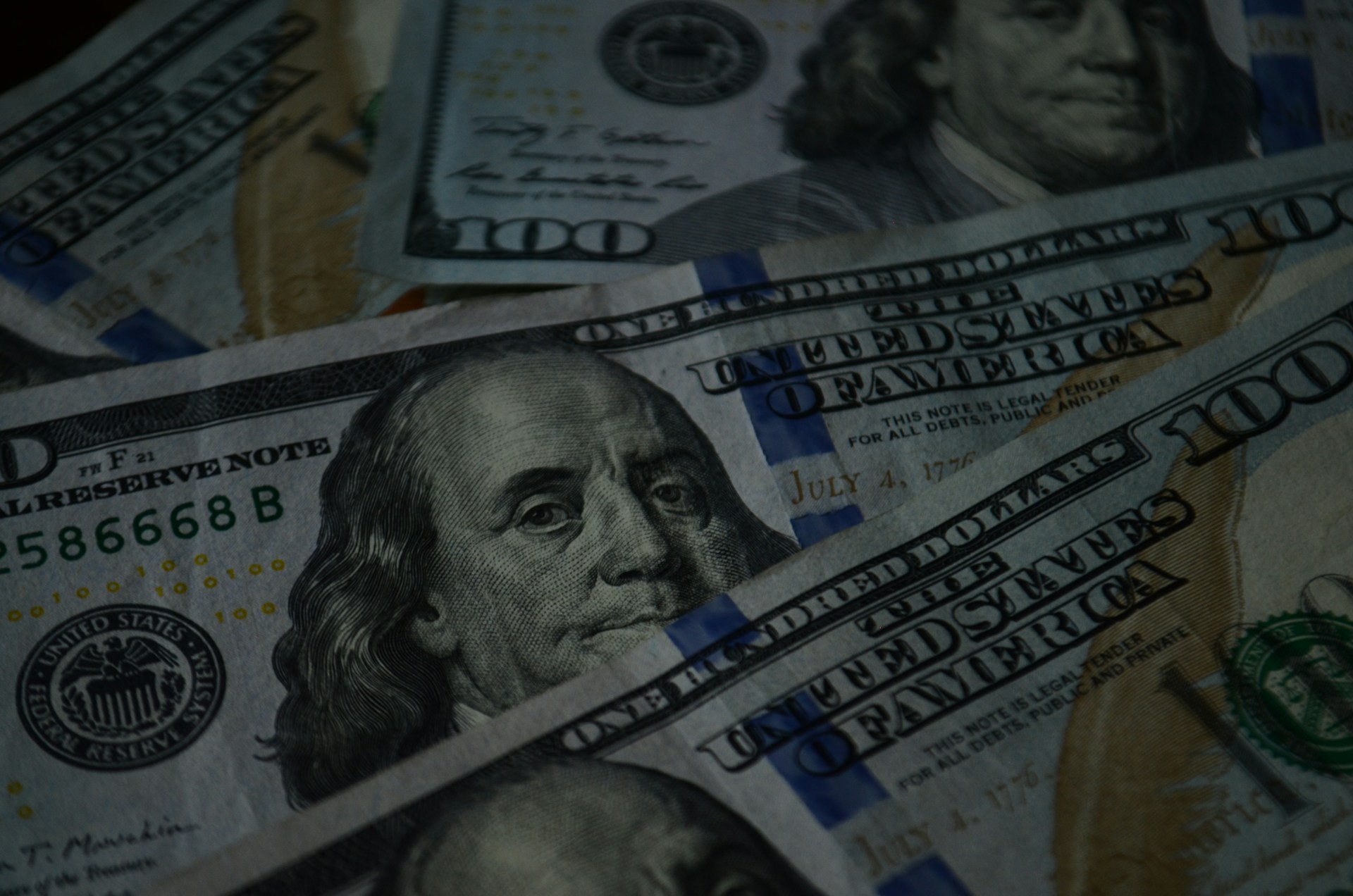U.S. News
17 Things Americans Stopped Buying Because Prices Got Out of Control
By Jake Beardslee · August 13, 2025
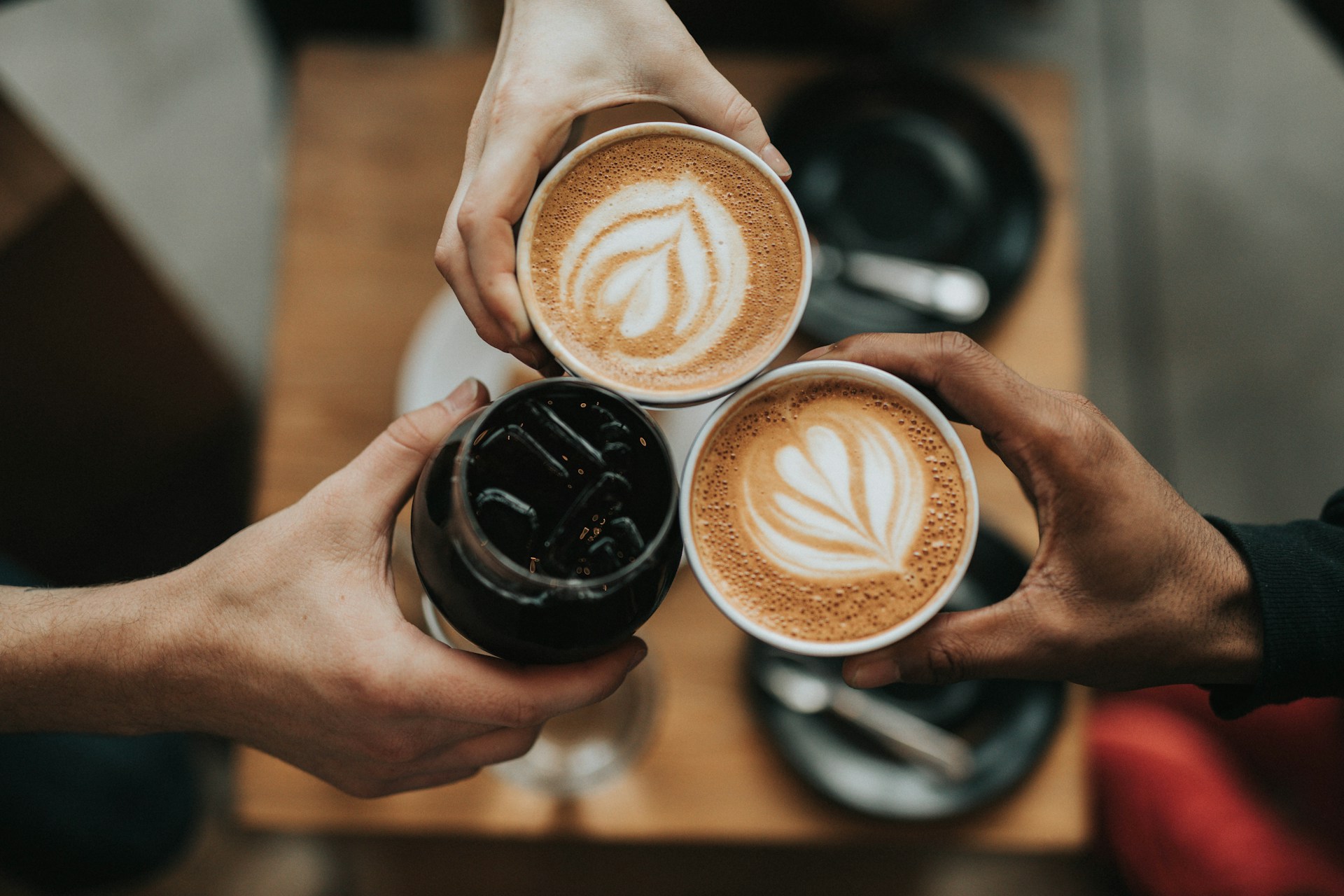
17 Things Americans Stopped Buying Because Prices Got Out of Control
With costs climbing in nearly every category, many Americans are rethinking purchases that once felt like part of everyday life. From nights out to basic pantry staples, price hikes have turned casual spending into careful decision-making. These aren’t rare splurges or luxury goods — they’re the products and experiences that used to be woven into the weekly routine. Now, they’re increasingly being left behind as budgets tighten and priorities shift.Here’s a closer look at the items people are cutting back on as prices push them out of reach. Nathan Dumlao / Unsplash
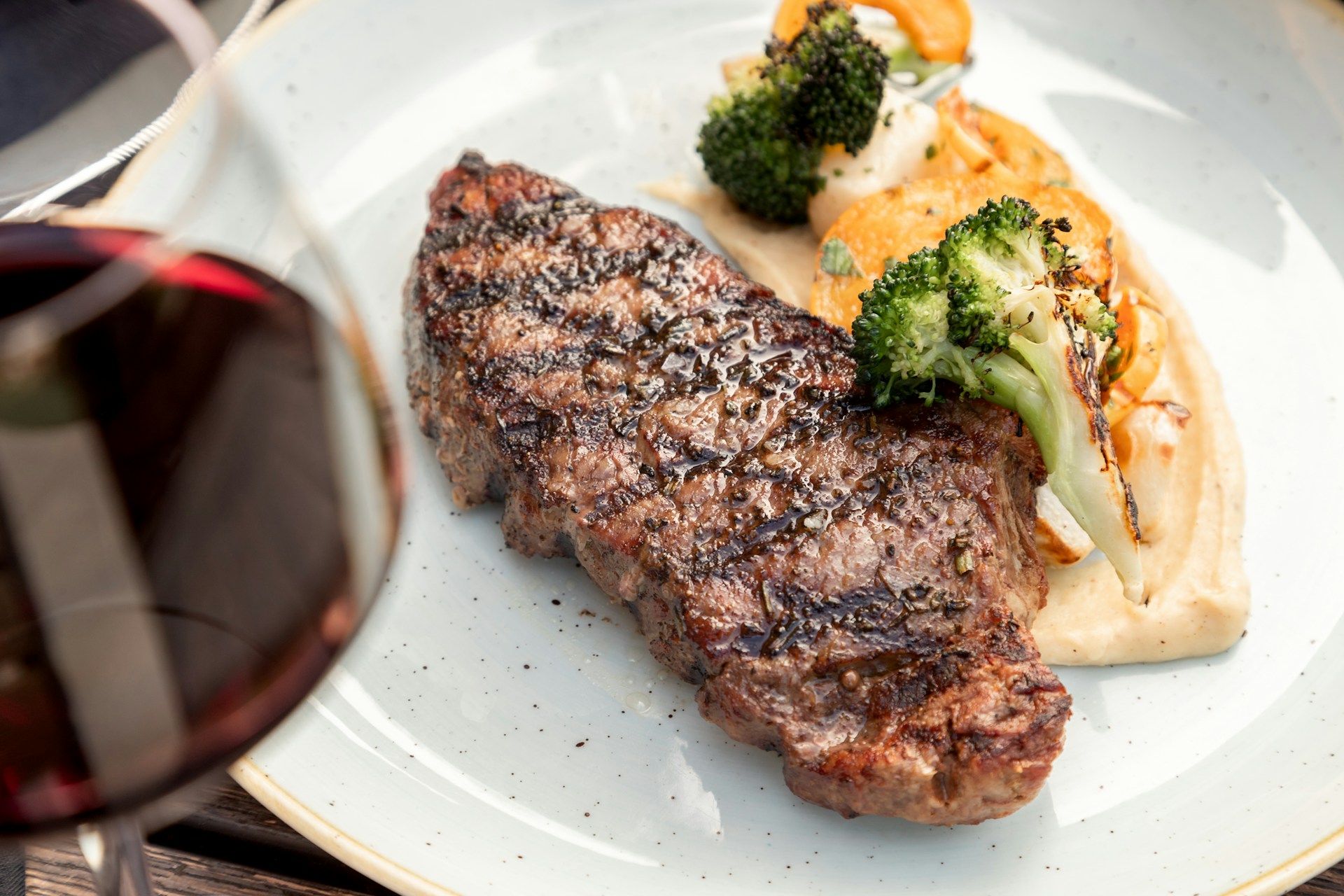
Steakhouse Dinners
That ribeye still looks great on the menu, but the total after tax and tip now feels like a luxury purchase. Many steakhouses are seeing fewer repeat customers as diners reserve big nights out for birthdays or anniversaries. Home cooks are buying whole cuts, learning to reverse-sear, and stretching leftovers into sandwiches and salads. The special-occasion vibe remains, just with fewer occasions. Clark Douglas / Unsplash
Concert Tickets
Live music is thriving, but the entry price has pushed casual fans to the sidelines. Service fees and dynamic pricing have turned a $40 memory into a triple-digit decision. Many are opting for smaller venues where tickets and drinks cost less. Others wait for livestreams or recorded releases instead of paying arena prices. Nainoa Shizuru / Unsplash
Fancy Coffees
Coffee shops are still busy, yet orders are simpler and totals are lower. Drip and americanos are replacing triple-shot, caramel-laden creations that can top ten dollars. People are investing in grinders and pour-over gear at home to get café flavor without the markup. Office coffee and loyalty programs are doing more heavy lifting too. David Hurley / Unsplash
Brand-Name Cereal
Sticker shock in the cereal aisle is very real, especially for families. Boxes that once felt like an easy breakfast now disappear in days while the receipt lingers. Shoppers are grabbing store brands or pivoting to oats, eggs, or toast. Sales cycles and digital coupons decide which box actually makes it into the cart. Sarah Mahala Photography & Makeup Artistry from Oshkosh, WI, United States, CC BY 2.0 https://creativecommons.org/licenses/by/2.0, via Wikimedia Commons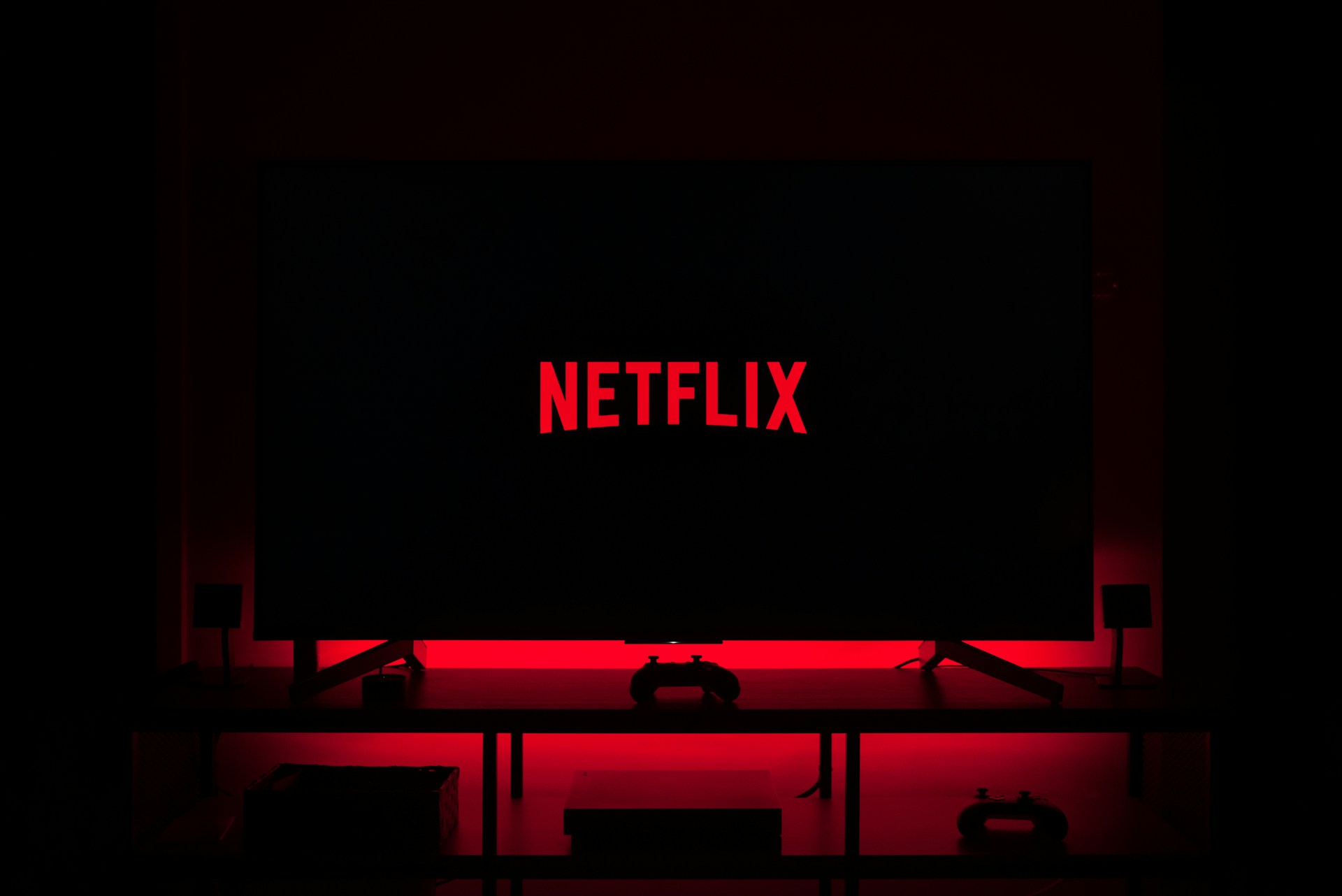
Streaming Subscriptions
Cutting the cord saved money for a while, then every show moved to its own app. Stacked subscriptions, ad tiers, and steady price bumps turned a fix into a new bill. Households are rotating services month to month and sharing plans more carefully. If a show is not being watched, the cancel button is getting more action. Thibault Penin / Unsplash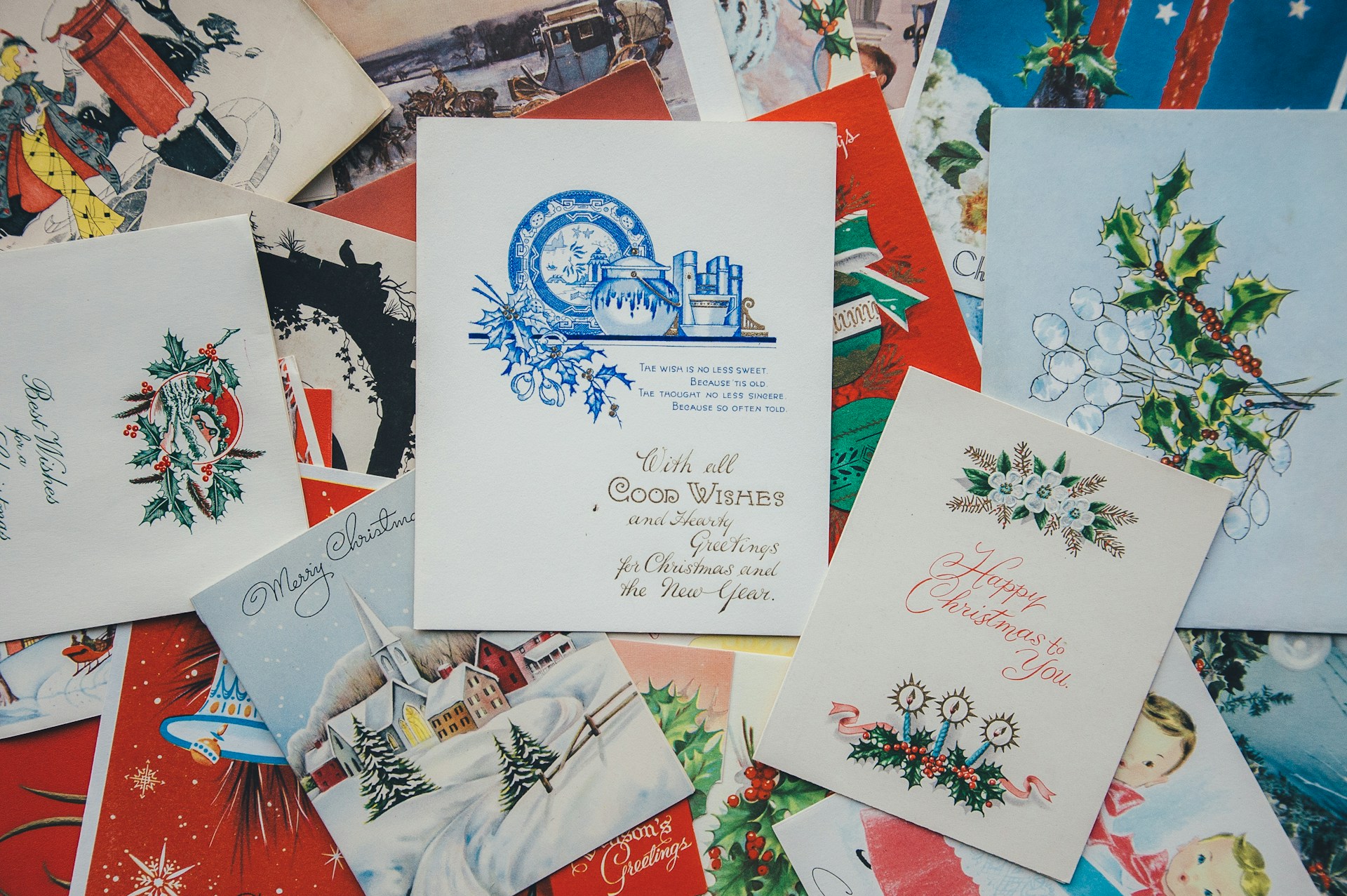
Greeting Cards
A single card can run the price of lunch, and that changes behavior fast. People are turning to digital notes, printable designs, and handwritten letters. When a card does get purchased, it is often for milestone moments only. The aisle is still a stop, just not an automatic one. Annie Sprat / Unsplash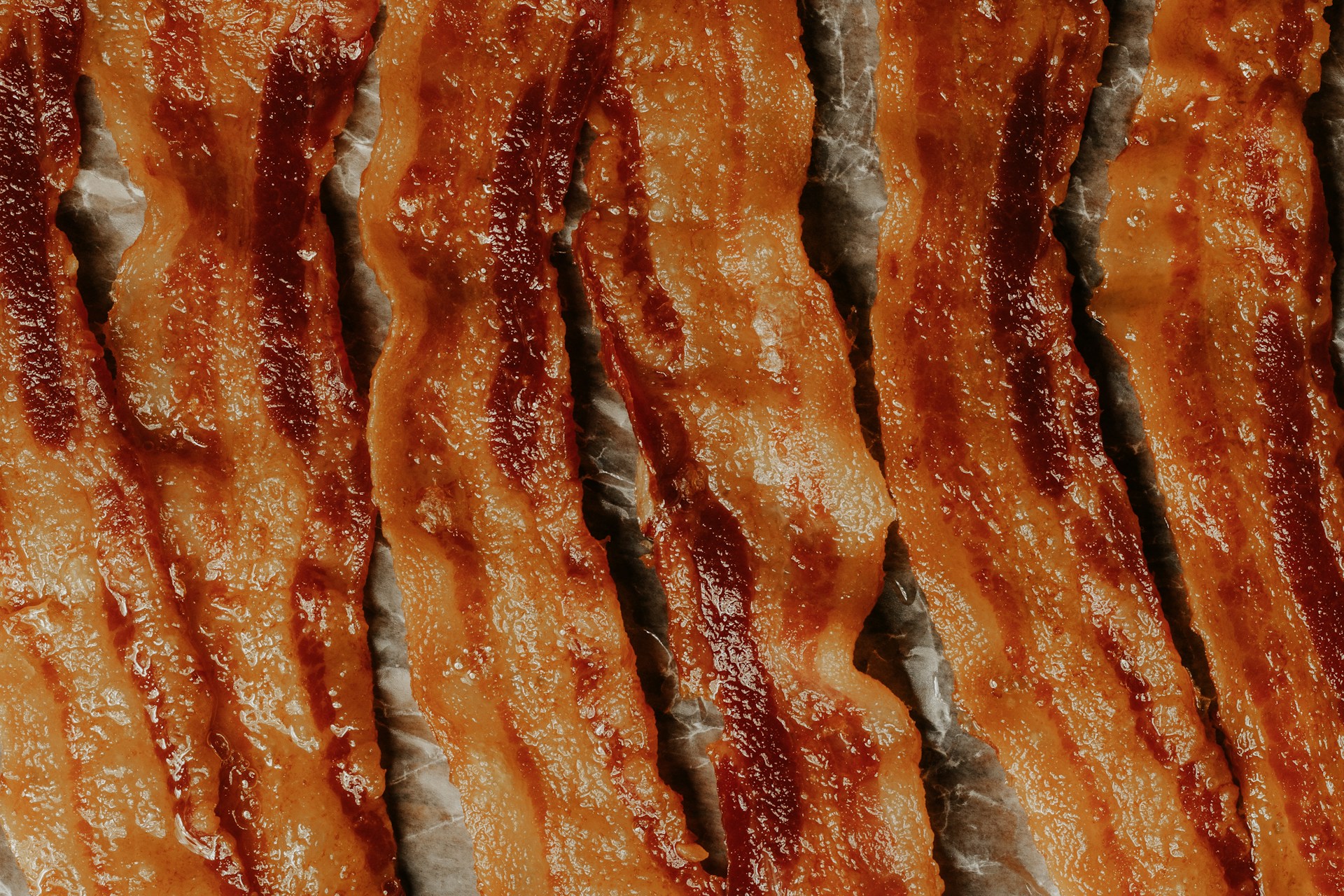
Bacon
The price per pound climbed faster than most people’s breakfast budgets. Many households now treat bacon as a weekend extra rather than a weekly staple. Turkey bacon or sausage sometimes fills the gap, and plenty of cooks use bacon ends for flavor instead of full strips. Coupons and warehouse clubs help, but not enough to bring it back daily. Wright Brand Bacon / Unsplash
Movie Theater Snacks
Concessions used to be part of the fun, then the total started matching dinner prices. Families are eating before they go or choosing matinees and skipping the extras. Loyalty programs and refill deals help frequent moviegoers, but casual crowds are holding back. The screen is still a draw; the jumbo combo less so. Felipe Bustillo / Unsplash
Hair Color at Salons
Professional color has shifted from maintenance item to treat-yourself line item. Rising labor and product costs pushed routine appointments out of reach for many. People are stretching time between visits, switching to glosses, or using box dye. Tutorials and color-depositing conditioners are filling the gap at home. Maksim Chernishev / Unsplash
Paper Towels
Multi-packs that once felt like a sensible stock-up now sting at checkout. Households are leaning on microfiber cloths, bar mops, and old T-shirts for spills. The change saves money and trims trash, even if it means more laundry. Paper towels are still around, just used more sparingly. Crystal de Passillé-Chabot / Unsplash
Eggs
Supply shocks made eggs the poster child for grocery inflation, and the habit changes stuck. Shoppers watch prices and swap in oats, yogurt, or breakfast burritos when cartons jump. Bakers plan around sales or freeze extras when prices dip. Eggs are not gone, but fewer hit the pan without a second thought. Erol Ahmed / Unsplash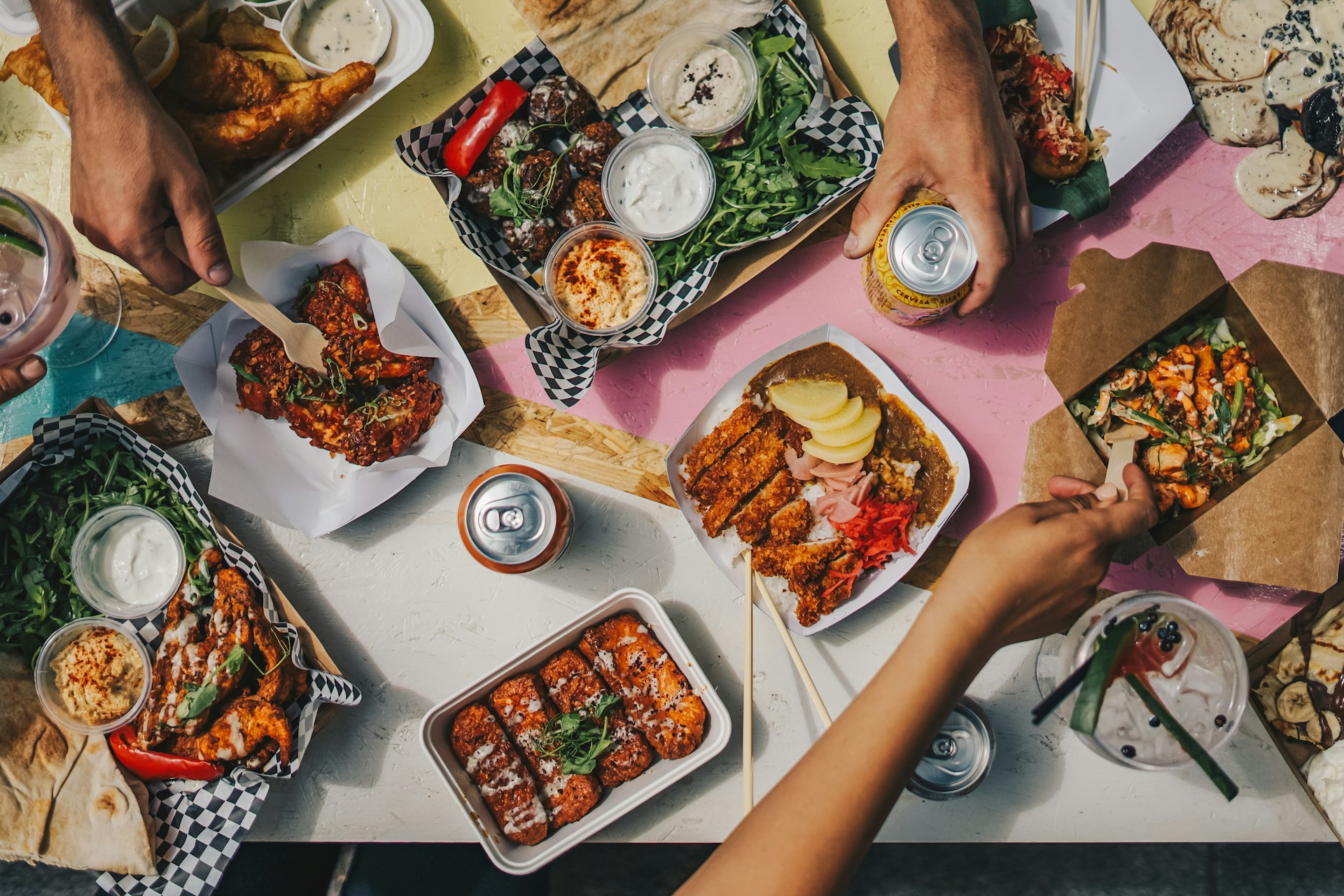
Takeout Lunches
A sandwich and drink can top fifteen dollars in many cities now. Workers are batch-cooking on Sundays, packing leftovers, and keeping snacks at their desks. When takeout happens, it is often a Friday treat or a split entrée. The daily habit has become the occasional break. Ambitious Studio* | Rick Barrett / Unsplash
Pet Food
Premium kibble and specialty formulas rose in price along with everything else. Pet owners are hunting for coupons, buying in bulk, or switching to value lines approved by their vets. Some are mixing wet and dry to stretch servings while keeping pets satisfied. Love for the animals did not change, but the brand on the bag often did. David D'Angelo / Unsplash
Bottled Water
Paying for cases of plastic is a harder sell when budgets tighten. Families are buying filter pitchers, under-sink systems, and sturdy reusable bottles. Many workplaces and parks now have refill stations, which makes the switch easier. Bottled water still has a place for travel and emergencies, not for every week. Steve Johnson / Unsplash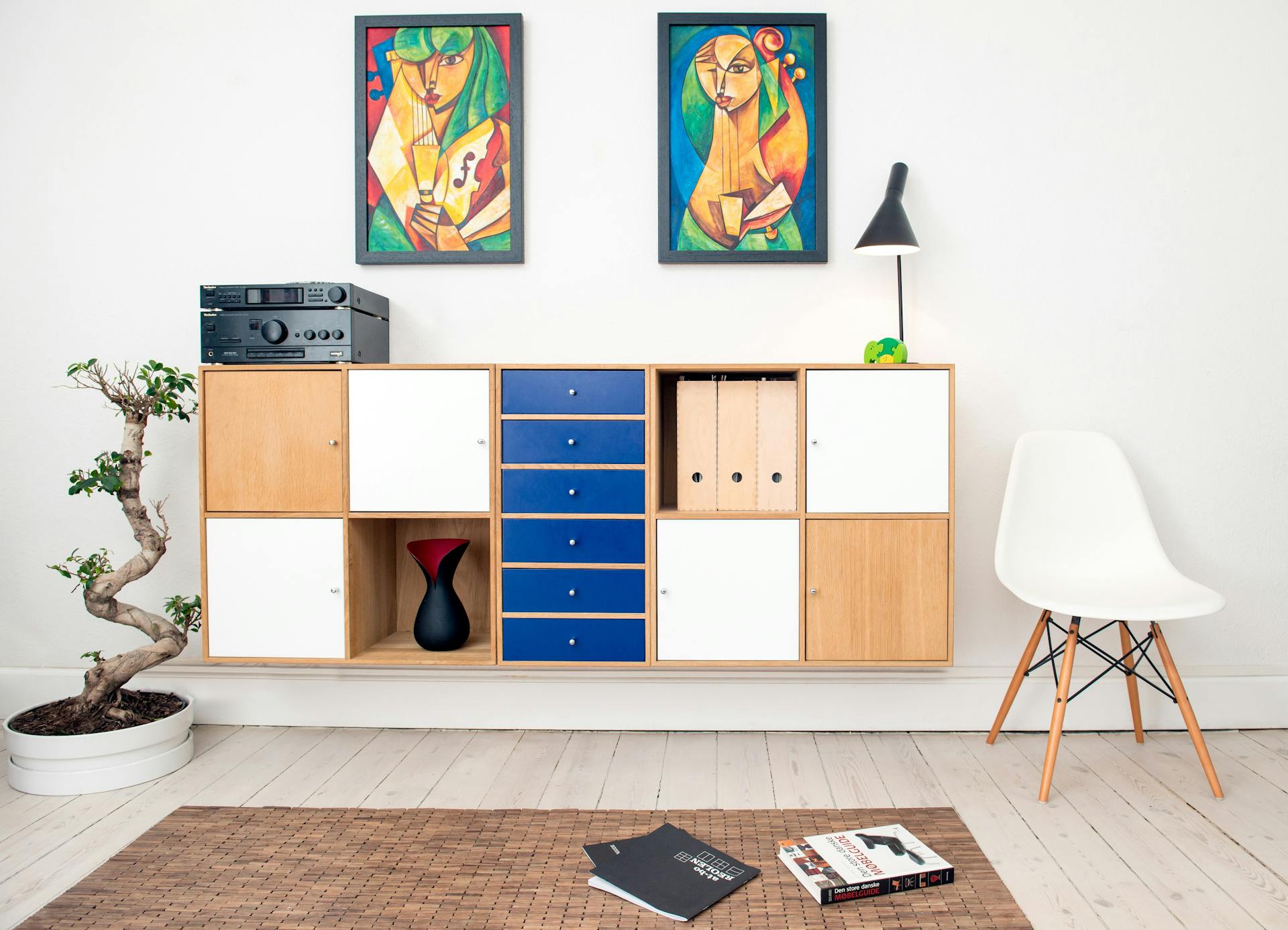
Furniture
Freight surcharges and higher material costs turned sofa shopping into a long-term plan. People are buying secondhand, reupholstering, or living with what they have a little longer. Flat-pack remains popular, but delivery fees get a close look. The mood is save, search, and wait rather than impulse redecorate. ATBO / Pexels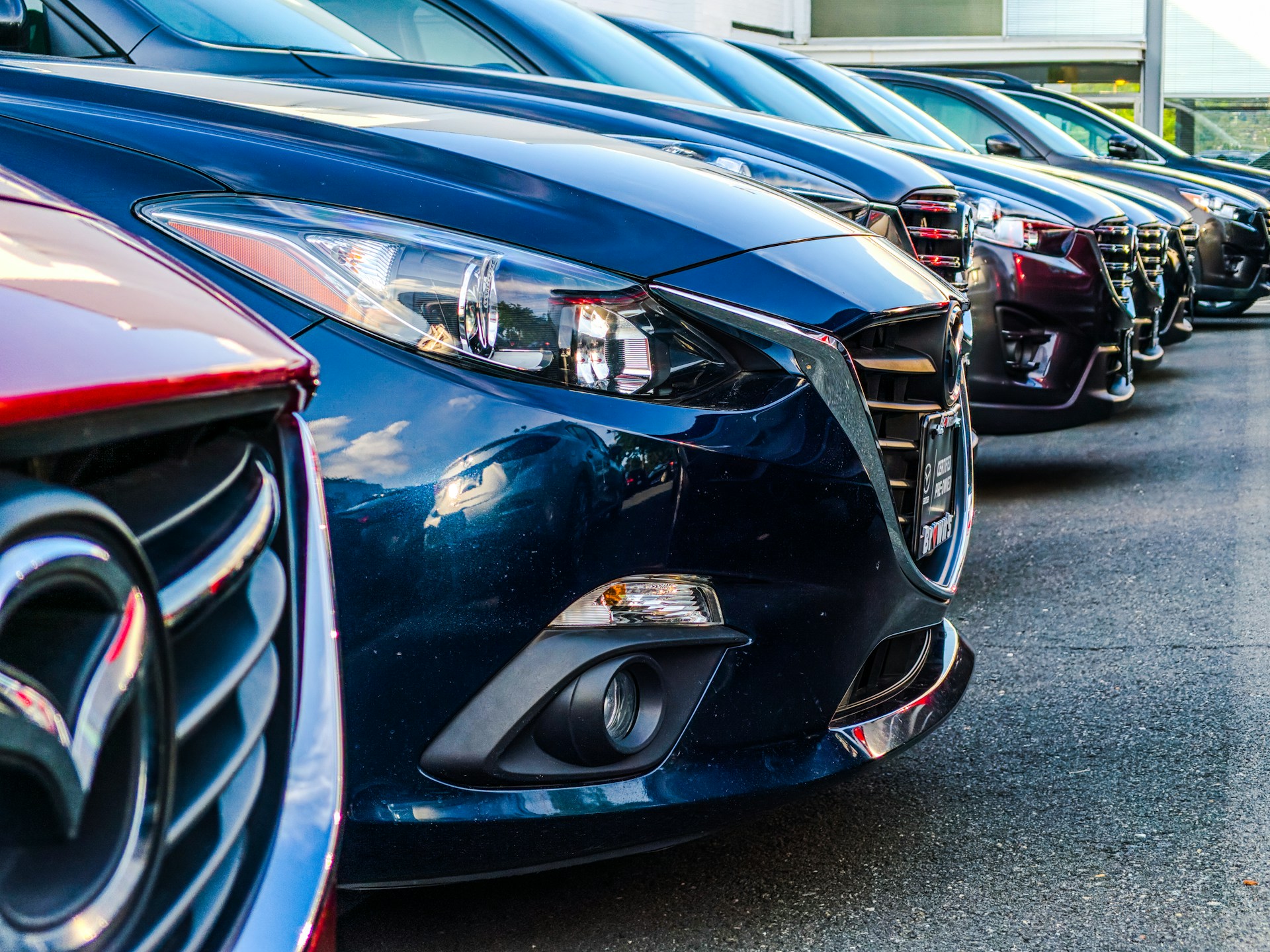
Used Cars
Pre-owned once meant bargain, then pandemic shortages flipped the script. Prices stayed elevated while loan rates climbed, which cooled demand. Drivers are keeping older cars running, repairing rather than replacing. Car-sharing and transit passes are getting a fresh look in more places. Obi / Unsplash
Theme Park Trips
Tickets climbed, line-skipping passes added another layer, and parking fees rose too. Families now plan one big visit every few years instead of a quick weekend. Regional parks, state fairs, and free community festivals fill the gap. The memories still matter, only with more budgeting and fewer impulse trips. Ethan Hoover / Unsplash